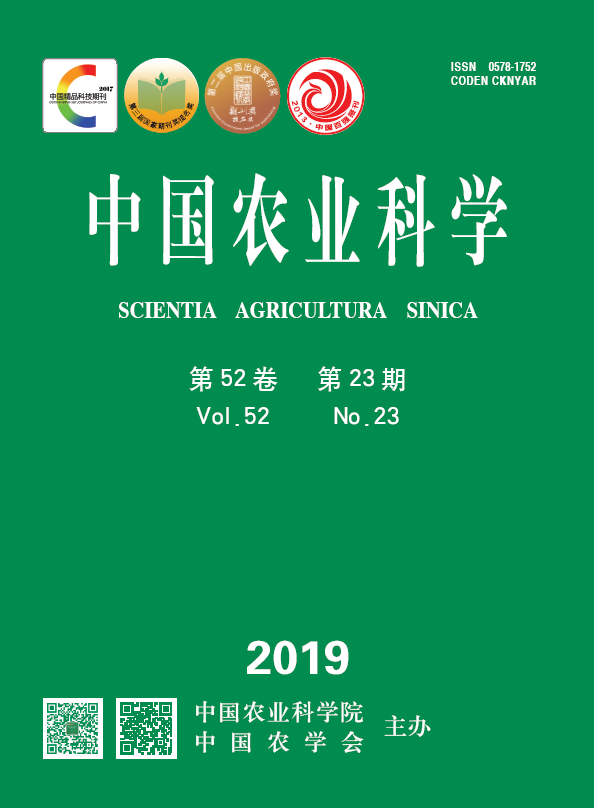【Objective】The objective of this study is to investigate the distribution and variation mechanism of avirulence genes AVR-Pib, AVR-Pik and AvrPiz-t in Magnaporthe oryzae strains from different regions and years in Heilongjiang Province, to understand the pathogenic phenotypes of different avirulence gene alleles, and to provide a reference for utilization and distribution of resistance cultivars in Heilongjiang Province.【Method】Based on the avirulence gene sequences published in NCBI, specific primers were designed to amplify full length and the coding sequence (CDS) regions of three genes, respectively. From 2016 to 2017, 335 M. oryzae strains in different regions of Heilongjiang Province were collected and isolated, and their DNA was PCR-amplified using avirulence genes primers and analyzed by agarose gel electrophoresis. The PCR products with different band patterns and from representative strains of different regions were selected for sequencing. The sequencing results were compared with the corresponding avirulence gene sequences for base and amino acid. The pathogenic phenotype of M. oryzae strains with different variant types was determined based on the rice resistance to single-gene lines.【Result】The specific bands of AVR-Pib, AVR-Pik and AvrPiz-t were detected in PCR detection and appeared in different distribution frequencies and mutation types, indicating that these 3 avirulence genes were all distributed in Heilongjiang Province. The average amplification frequency of the 3 avirulence genes was 75.52%, 87.16% and 85.67%, respectively. Among them, 4 types of band (bandless, high band, mid to high band and low band) of AVR-Pib were detected by electrophoresis analysis and 5 variant types AVR-Pib (1-1, 1-2, 2, 3, 3-1) were detected by PCR product sequencing. The genotypes AVR-Pib-1-1, AVR-Pib-1-2, AVR-Pib-2 and AVR-Pib-3-1 are newly discovered variant types, of which genotypes AVR-Pib-1-1 and AVR-Pib-1-2 are insertions of transposon Pot2 but with different insertion sites. The genotype AVR-Pib-2 has a small fragment insertion in the upstream of CDS region. The genotype AVR-Pib-3-1 base sequence has 4 differences from the original sequence, namely 32 (C/G) 35 (T/A) 36 (T/A) 38 (T/A), and the amino acid translation was terminated prematurely. Pathogenic analysis showed that except for the normal genotype AVR-Pib-3, the other alleles lost their avirulence functions. Seven AVR-Pik alleles (D, A, B, C, E, F, F2) were detected after PCR product sequencing, and the alterations in the nucleotide sequences of these alleles all resulted in amino acid missense mutations. The 7 AVR-Pik alleles have been reported previously. The avirulence gene AvrPiz-t was analyzed by electrophoresis and sequencing of PCR products, and 2 types of band (high band and normal band type) and 4 genotypes of AvrPiz-t (A, B, C, D) were revealed. Among them, AvrPiz-t-A is the original genotype, while AvrPiz-t-B has a base A insertion at position 191, causing premature termination of amino acid translation. Genotype AvrPiz-t-C is a newly discovered allelic type, characterized by the presence of a nucleotide variation at position 17 (T/C) and the insertion of base C at position 19 compared with type A, leading to the frameshift mutation and premature translation termination. The high band type avirulent genotype AvrPiz-t-D was sequenced and verified as having an insertion of the Pot3 transposon. Rice single-gene lines infection showed that the strains with AvrPiz-t-A were avirulent to Piz-t line due to Piz-t recognition, whereas the strains with AvrPiz-t (B, C, D) were virulent to Piz-t line due to lost the ability recognized by Piz-t.【Conclusion】The avirulence genes AVR-Pib, AVR-Pik and AvrPiz-t of M. oryzae in Heilongjiang Province are widely distributed and the types of variation are abundant. The results of this study can provide a reference for breeding and popularizing rice cultivars with corresponding disease-resistance genes.









